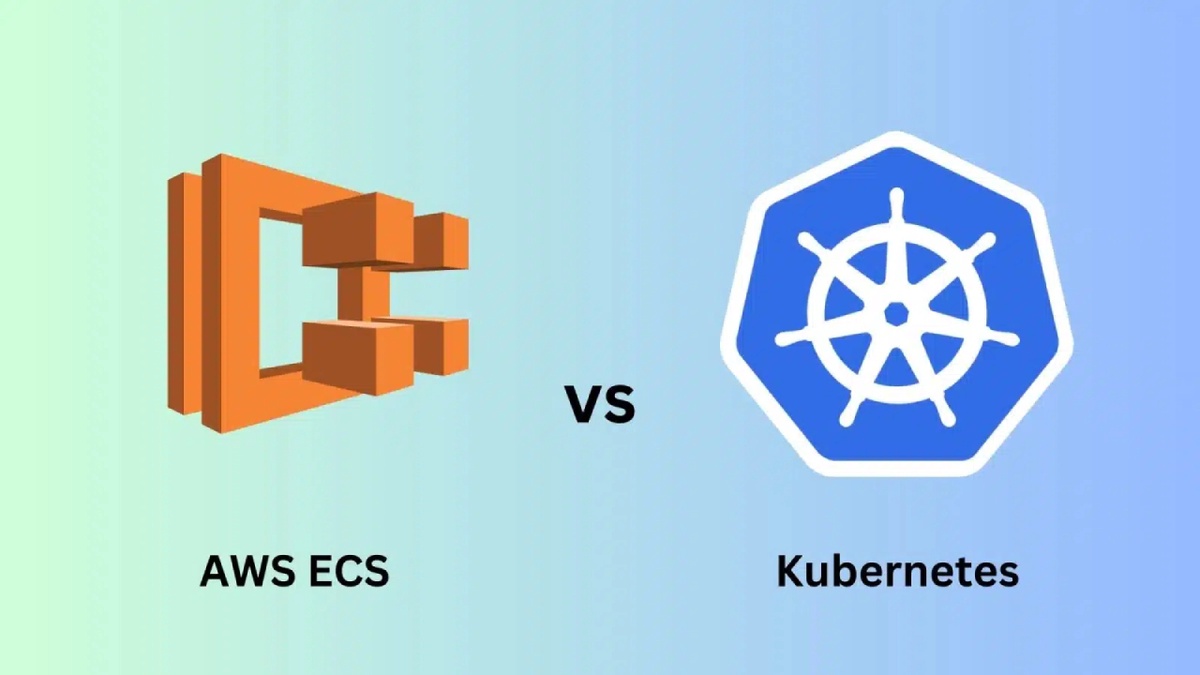Introduction to Scalability and its Importance
Scalability has emerged as a fundamental requirement for businesses of all sizes. Whether it's coping with sudden spikes in user traffic or adapting to changing market dynamics, the ability to scale swiftly can determine a company's success. Traditional methods, like vertical scaling, involve upgrading hardware and software resources, leading to downtime and higher costs. Cloud containers, on the other hand, introduce a revolutionary approach.
Understanding Cloud Containers
Cloud containers are lightweight, portable, and encapsulated environments that package an application along with its dependencies. These containers can run consistently across various environments, from development to production, eliminating compatibility issues. Docker, the most popular containerization platform, allows developers to create, deploy, and manage containers effortlessly.
Advantages of Cloud Containers in Scalability
Cloud containers offer several advantages in scaling applications. They provide rapid deployment, ensuring that new instances can be up and running within seconds. Containers also isolate applications, enhancing security and preventing resource conflicts. Moreover, containers promote efficient resource utilization by allowing multiple containers to share a single host operating system.
Key Features of Cloud Container Orchestration
Container orchestration tools, like Kubernetes, automate the deployment, scaling, and management of containerized applications. They facilitate load balancing, self-healing, and rolling updates, ensuring uninterrupted service even during high loads or failures.
Comparing Containers to Virtual Machines
Containers are often compared to virtual machines (VMs), but they differ in their architecture. Containers share the host OS kernel, making them more lightweight and resource-efficient than VMs. This distinction enables containers to start up faster and consume fewer resources.
Implementing Scalable Applications with Kubernetes
Kubernetes, an open-source container orchestration platform, has gained widespread adoption for its ability to manage the lifecycle of containerized applications. It automates tasks like scaling, load balancing, and application deployment, enabling businesses to achieve elasticity and scalability effortlessly.
Microservices Architecture and Scalability
Microservices architecture complements containerization by breaking down applications into smaller, independent services. Each service can be deployed and scaled individually, leading to more efficient resource utilization and improved fault isolation.
Security Considerations for Scalable Containerized Applications
While containers offer numerous benefits, security remains a concern. It's essential to adopt security best practices, such as image scanning, role-based access control, and network policies, to safeguard containerized applications.
Challenges in Scaling Containerized Applications
Despite their advantages, scaling containerized applications can present challenges. Managing inter-container communication, coordinating data storage, and ensuring consistent performance across different environments require careful planning and implementation.
Optimizing Resource Utilization Through Container Scaling
Container scaling can be horizontal or vertical. Horizontal scaling involves adding more container instances to distribute the load, while vertical scaling entails increasing the resources allocated to a single container. A balanced approach ensures optimal resource utilization.
Real-world Examples of Scalability using Cloud Containers
Several industry giants have leveraged cloud containers for scalability. Netflix, for instance, migrated its vast infrastructure to a containerized environment, allowing it to adapt swiftly to user demands while minimizing downtime.
Future Trends in Containerized Scalability
The future of containerized scalability looks promising. Serverless computing, edge computing, and further advancements in container orchestration are expected to reshape how businesses approach scalability.
Case Study: Netflix's Containerization Journey
Netflix's journey to containerization serves as an inspiring case study. By adopting Docker and Kubernetes, the streaming giant transformed its infrastructure, achieving unparalleled scalability and resilience.
Steps to Get Started with Scalable Cloud Containers
For businesses considering containerized scalability, the first step is understanding the fundamentals of containers and container orchestration platforms. From there, experimenting with small-scale applications and gradually expanding can provide valuable insights.
Conclusion: Paving the Scalability Path with Cloud Containers
When it comes to harnessing scalability with cloud containers, the decision between AWS ECS and Kubernetes depends on various factors. AWS ECS offers a managed container orchestration service that simplifies deployment and scaling for users already within the AWS ecosystem. On the other hand, Kubernetes provides a highly versatile and open-source platform that grants greater control and flexibility for those seeking a more intricate container management solution. Ultimately, the choice should be driven by your specific needs, existing infrastructure, and the level of control you require over your containerized applications' lifecycle. Both platforms offer robust scalability options, but the decision should align with your organization's strategic goals and technical requirements.


No comments yet